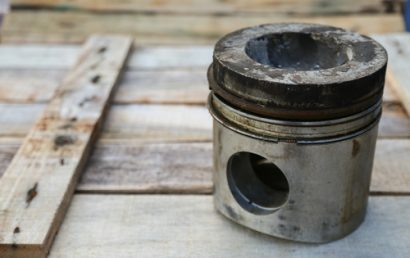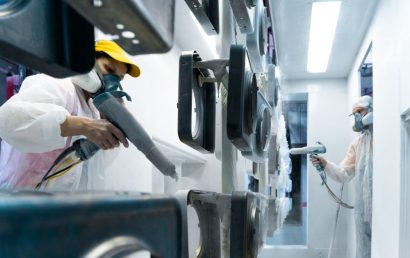Protecting Automobiles With Ceramic Coatings
You’ve likely heard of ceramics. You may even have heard the term “ceramic coatings” referred to time and again. But did you know that they are extensively used in the automotive industry? It’s true. To provide a protective barrier between environmental contaminants and your car’s exterior paint, these types of coatings are used. They consist of a molecular compound referred to as liquid glass – a compound paired with silicon dioxide. This protects your vehicle with a clear, glasslike coating against road tar, bugs, bird droppings, acid rain, and harsh UV rays.
But there’s more than one kind of ceramic spray agent! The following are ceramic coating spray agents used in the automotive and other industries.
Hydroxylapatite
This is commonly used by companies as a special ceramic coating where vacuum plasma ceramic spraying processes are used. For the coating of knee joints, shoulder joints, and hip replacements, medical technology makes the most of hydroxylapatite ceramic coating.
Chrome Oxide
This ceramic coating is resistant against alcohol, alkaline, and acids. It can be applied up to ca. 500°C. Common uses include guide rollers, shaft protection sleeves, pump sealants, etc. A chrome oxide ceramic coating obtains higher corrosion and wear protection. Hardness is approximate.
Aluminum Oxide
This ceramic coating is frequently used for electric insulation because it is nonconductive. Good resistance against oxidation, friction, gliding wear, and abrasion is offered by this pure ceramic coating.
Titanium Dioxide Plus Aluminum Oxide
This ceramic coating protects against alkaline and most acids up to ca. 500°C. Compared to pure aluminum oxide, its dielectric properties are not as high. This is because of the titanium oxide component. Compared to white ceramic, due to the greater hardness, this dark blue ceramic coating is preferred for thread guides, wire drawing drums, valve shafts, valve discs, and pumps.
Zircon Oxide
Widely used as a thermal insulation barrier, this yttrium stabilized ceramic coating is thermal shock-resistant, high temperature resistant, and scratch resistant. It can also be used in sodium rich environments and high gas corrosive and sulfur environments. Typically, this ceramic coating is used in applications such as the coating for tanks and metal welding, rockets, the aviation industry, cylinder heads, and jet engines.
The Application of Ceramic Coatings
In old-school practices, protective coatings consisted mostly of basic paint or wax. Naturally, the outside temperature made wax inferior and various external forces could dislodge paint. Neither of them was effective against scratches, dirt, bird fecal matter, or acidic qualities in the atmosphere. For this very reason, ceramic coatings were created.
Additionally, these coatings are smoother, easier to clean, and free of abrasions.
On a regular basis, A&A Coatings deals with ceramic and many other types of thermal spray coatings. Whether you are in the automotive business, or some other industry that could make good use of today’s thermal spray coatings, contact one of the knowledgeable representatives from A&A Coatings today. We can show you how to lessen maintenance costs and downtime, increase the lifespan of your parts and components, and improve your company’s bottom line through thermal spray coatings.



